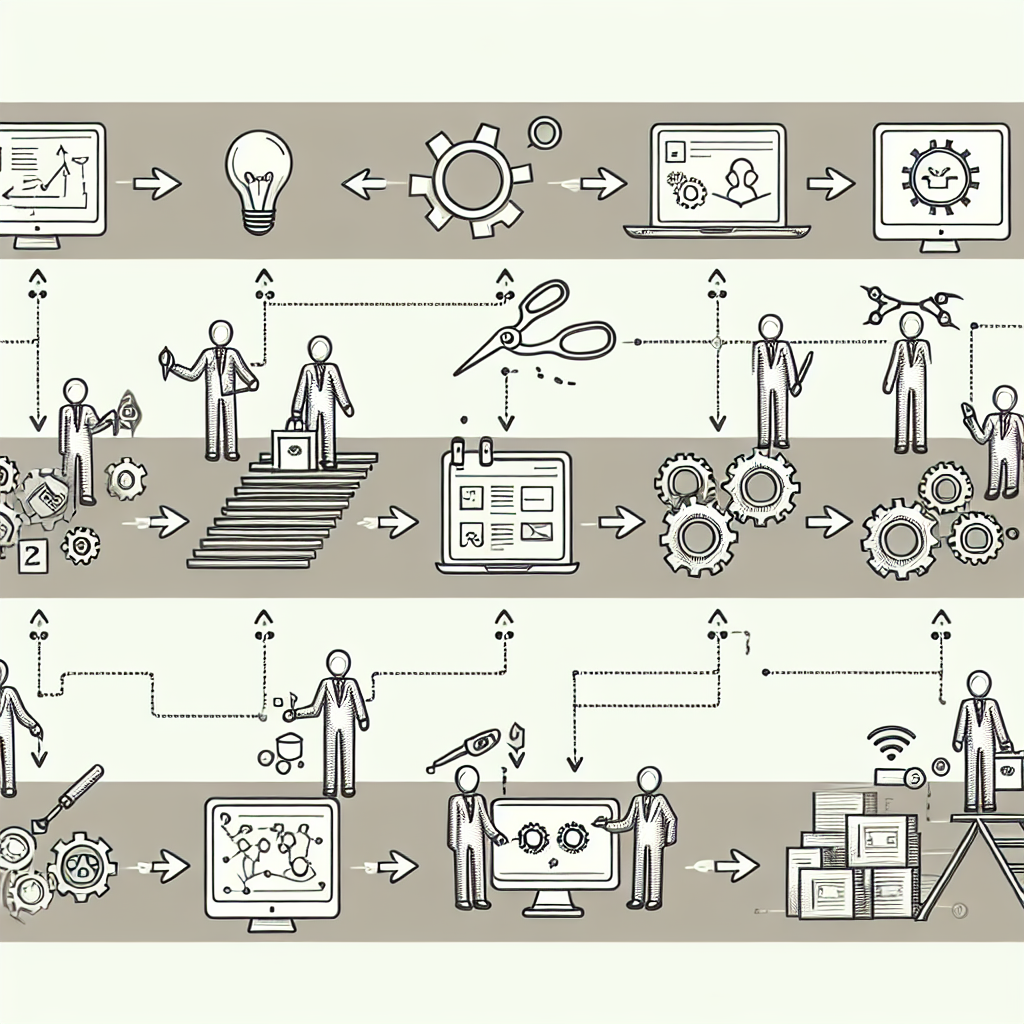Stakeholder analysis might sound like a complex business strategy, but it’s actually a powerful tool that can help you navigate projects, relationships, and organizational goals more effectively. Let me break down this process in a way that’s easy to understand and immediately actionable!
What Exactly is Stakeholder Analysis?
Think of stakeholder analysis as creating a strategic map of the people and groups who care about or are impacted by your project. It’s like assembling a team roster where you understand each player’s motivations, influence, and potential contributions.
Why Should You Care?
- Better Communication: Know who needs what information
- Risk Management: Anticipate potential challenges
- Strategic Alignment: Ensure everyone’s interests are considered
Step-by-Step Stakeholder Analysis Process
- Identify Stakeholders
Start by listing everyone potentially involved or impacted. Think broadly – from team members to executives, customers to regulators.
- Assess Their Influence and Interest
Create a matrix classifying stakeholders by:
- Power/Influence level
- Level of interest in the project
- Understand Their Perspectives
Deep dive into each stakeholder’s:
- Goals and objectives
- Potential concerns
- Expected outcomes
- Develop Engagement Strategies
Create tailored communication and involvement approaches based on your analysis.
Pro Tips for Success
- Be comprehensive but focused
- Regularly update your analysis
- Use visual tools like stakeholder mapping
- Remain objective and empathetic
Common Pitfalls to Avoid
Don’t fall into these traps:
- Overlooking less obvious stakeholders
- Assuming static stakeholder interests
- Neglecting ongoing communication
Final Thoughts
Stakeholder analysis isn’t about perfection—it’s about creating meaningful connections and understanding. By investing time in this process, you’ll build stronger, more collaborative project environments.



